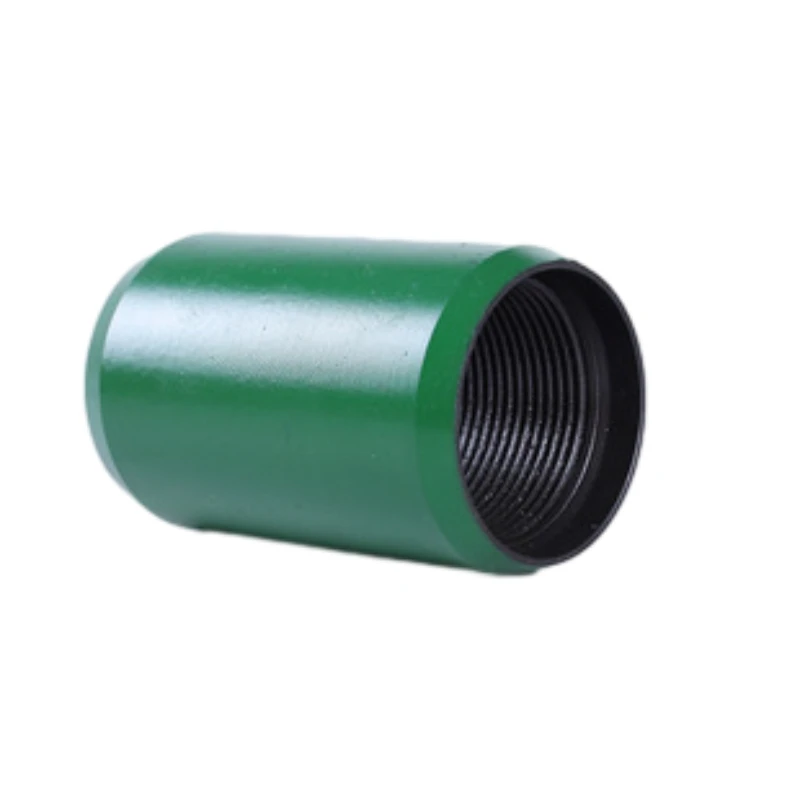- Afrikaans
- Albanian
- Amharic
- Arabic
- Armenian
- Azerbaijani
- Basque
- Belarusian
- Bengali
- Bosnian
- Bulgarian
- Catalan
- Cebuano
- Corsican
- Croatian
- Czech
- Danish
- Dutch
- English
- Esperanto
- Estonian
- Finnish
- French
- Frisian
- Galician
- Georgian
- German
- Greek
- Gujarati
- Haitian Creole
- hausa
- hawaiian
- Hebrew
- Hindi
- Miao
- Hungarian
- Icelandic
- igbo
- Indonesian
- irish
- Italian
- Japanese
- Javanese
- Kannada
- kazakh
- Khmer
- Rwandese
- Korean
- Kurdish
- Kyrgyz
- Lao
- Latin
- Latvian
- Lithuanian
- Luxembourgish
- Macedonian
- Malgashi
- Malay
- Malayalam
- Maltese
- Maori
- Marathi
- Mongolian
- Myanmar
- Nepali
- Norwegian
- Norwegian
- Occitan
- Pashto
- Persian
- Polish
- Portuguese
- Punjabi
- Romanian
- Russian
- Samoan
- Scottish Gaelic
- Serbian
- Sesotho
- Shona
- Sindhi
- Sinhala
- Slovak
- Slovenian
- Somali
- Spanish
- Sundanese
- Swahili
- Swedish
- Tagalog
- Tajik
- Tamil
- Tatar
- Telugu
- Thai
- Turkish
- Turkmen
- Ukrainian
- Urdu
- Uighur
- Uzbek
- Vietnamese
- Welsh
- Bantu
- Yiddish
- Yoruba
- Zulu
what are the differences between casing and tubing?
Differences Between Casing and Tubing in Oil and Gas Operations
In the oil and gas industry, the terms casing and tubing refer to crucial components of well construction and operation
. While both serve vital roles in ensuring the safety and efficiency of hydrocarbon extraction, they have distinct characteristics and functions that differentiate them.Casing is a series of pipes that are inserted into the wellbore after drilling has been completed. Its primary purpose is to support the well structure and prevent the walls of the borehole from collapsing. Casing also isolates different pressure zones and protects freshwater aquifers from contamination by hydrocarbons and drilling fluids. Typically, casing is cemented into place, providing a stable surface that enhances the integrity of the well. Casing comes in various sizes and grades, designed to withstand the specific pressures and environmental conditions of the geological formations in which they are installed.
On the other hand, tubing is a smaller diameter pipe that is inserted within the casing. Its primary function is to transport oil, gas, or other fluids from the reservoir to the surface. Tubing is critical for the production phase of well operation. Unlike casing, tubing is not cemented into place; instead, it is designed to be easily removed and replaced as necessary. This flexibility allows operators to respond to changes in production conditions, carry out maintenance, or make upgrades to the well system. Tubing must have a high degree of strength and corrosion resistance, considering the operational stresses it faces during production.
what are the differences between casing and tubing?

Another key difference lies in their installation process. Casing is installed during the drilling phase and is a fundamental part of the well's initial structure. Once drilling is complete and the well is prepared for production, tubing is installed. This sequential installation reflects the differing roles casing and tubing play throughout the life cycle of a well.
The interaction between casing and tubing is vital for the overall efficiency of oil and gas extraction. Properly designed and installed casing provides the necessary support and safety for the well, while effective tubing ensures that hydrocarbons can be efficiently transported to the surface for processing. Both components are essential for achieving optimal production rates and maintaining environmental safety.
In summary, while casing and tubing serve different functions in oil and gas operations, they are interconnected parts of a well. Understanding the distinctions between them helps industry professionals design and manage wells effectively, ensuring safe and efficient extraction of valuable resources.
-
Tubing Pup Joints: Essential Components for Oil and Gas OperationsNewsJul.10,2025
-
Pup Joints: Essential Components for Reliable Drilling OperationsNewsJul.10,2025
-
Pipe Couplings: Connecting Your World EfficientlyNewsJul.10,2025
-
Mastering Oilfield Operations with Quality Tubing and CasingNewsJul.10,2025
-
High-Quality Casing Couplings for Every NeedNewsJul.10,2025
-
Boost Your Drilling Efficiency with Premium Crossover Tools & Seating NipplesNewsJul.10,2025







